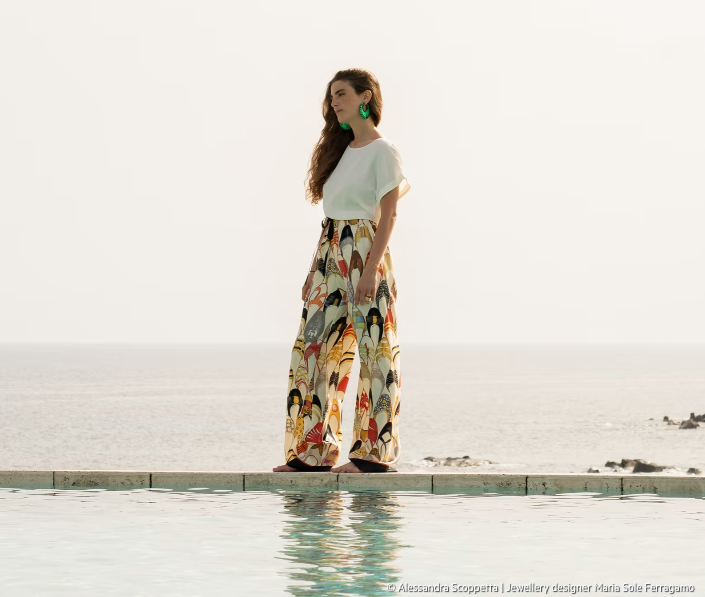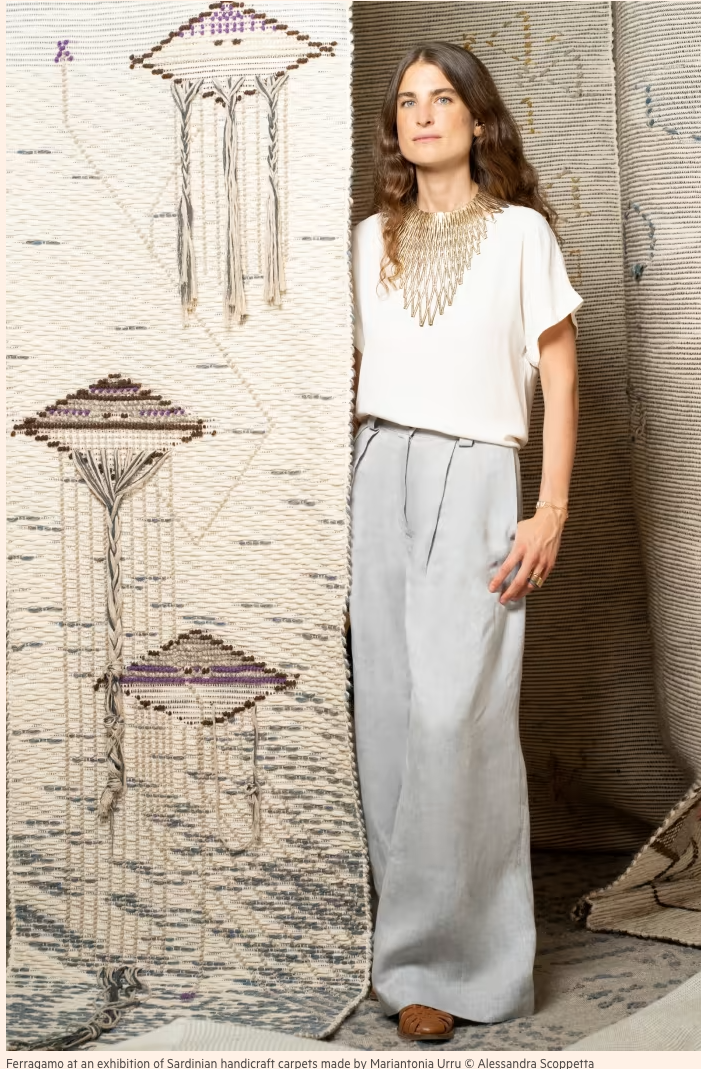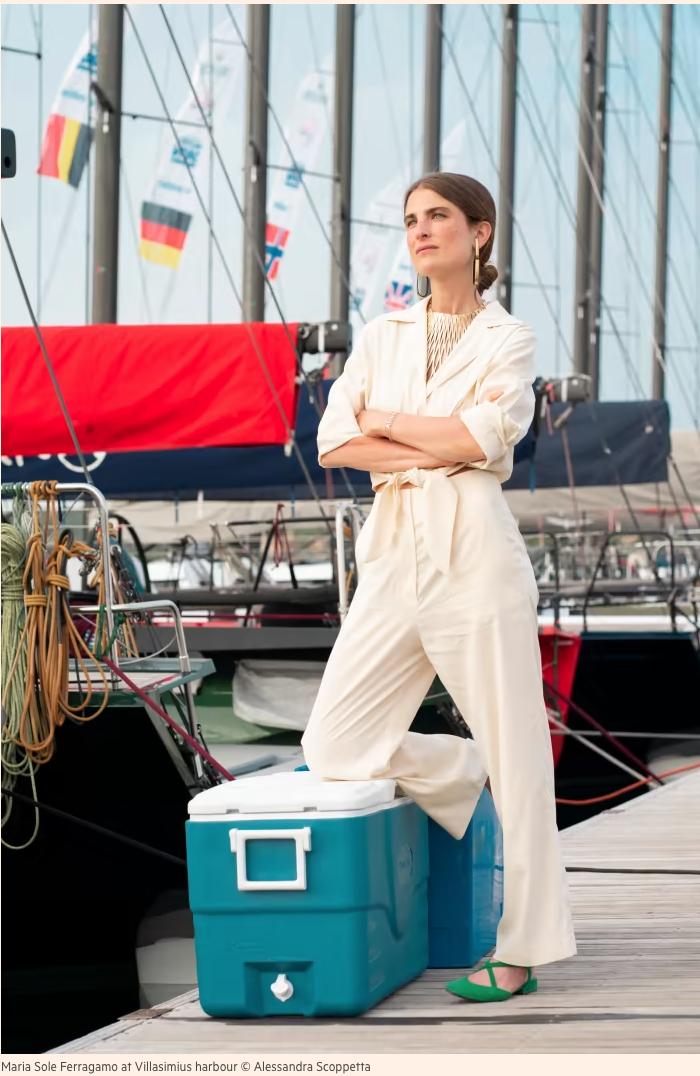Maria Sole Ferragamo’s secret guide to Sardinia
The jewellery designer recommends her favourite places to eat, shop and stay
I’ve been going to Sardinia every summer since I was nine months old to visit my maternal grandparents in Cannigione in the northern part of the island. When I was about 10, my father decided to buy a shipyard, Nautor’s Swan, which has held regattas here ever since. Now I live in Milan and find Sardinia to be the perfect weekend getaway.
I have sailed all around the island – it’s a wonderful way to see the beaches and remote villages. I’ve also explored the hinterlands by motorbike, once travelling 270km down the east coast – and then back up the west coast. At one point, I was surprised to find myself in a mountain chalet in an area called Gennargentu, which has the highest peaks on the island. It’s what makes Sardinia so special. You can find mountains, forests, beaches and lakes that are unique to this place. I especially love the cork trees. They are sustainable because the cork is shaved and then grows back; it’s a material I’m fascinated by. My grandfather used cork for his original wedge shoes and I’d like to incorporate it into my jewellery designs.
Costa Smeralda is probably the most well-known part of Sardinia – I’m particularly familiar with Porto Cervo. There are, of course, beautiful beaches, restaurants and clubs here, but there are also quiet spots with spectacular sunsets. In September, Sardinia’s rocks appear even more pink and orange than usual. The harbour itself has been updated and now includes the New Port as well as the original Old Port, with a ferry running between the two in summer. The new side – the Promenade du Port – is the place to find wonderful shops including one of Franco and Giacomo Loro Piana’s Sease stores, for sailing gear, and Milan gallerist Rossana Orlandi’s Sardinia space. On the old side you’ll find the Yacht Club as well as a store run by Italian sailing brand Slam. For fruit and cheese the best market is probably the Thursday one in San Pantaleo, about 20 minutes away.
From Porto San Paolo you can see the majestic Tavolara Island, which is only accessible by boat. There’s a wonderful restaurant called Ristorante da Tonino Re di Tavolara that you have to book well in advance, and which serves unbelievably fresh crudo. Another lovely port is Porto Rafael, a small village just 30km away from Porto Cervo, and also easily accessed by boat. The busy piazza is full of cafés and it’s the perfect place for an aperitivo.
The south of the island is my favourite area. I like to stay at Faro Capo-Spartivento, in Chia, originally built as a lighthouse in the 1850s. It’s respectful of the landscape, and its water is heated by solar panels. There are a few suites in the lighthouse as well as on the surrounding property, and it feels very intimate. Then there’s the village of Villasimius, just an hour from Cagliari, known for its beaches and archaeological treasures. I always recommend a stay at the Falkensteiner Resort Capo Boi, set on a white-sand beach in the marine reserve of Capo Carbonara. La Vela restaurant with its views over the marina at sunset is a favourite of mine.
The terrace at Capo Spartivento
Sardinian cuisine is full of variety. In the town of Carloforte, on San Pietro island, they are famous for their tuna and the freshest bottarga. Everyone should try a Sardinian seada, a hot pastry made with cheese and honey. And I highly recommend trying the food at an agriturismo – these places have fixed menus and you start with cheeses, meats and pane carasau – a thin, crispy flatbread that’s specific to Sardinia – followed by Gallura soup (a sort of bread lasagne). You will roll out the door, but it is worth going at least once.
April is a wonderful time to visit, as is November. And although peak season is of course hectic, even in busy August, you can still find places that are tranquil. The Rolex Swan Cup usually takes place every two years, and is happening again this September. It is magnificent to see 100 Nautor’s Swan sailboats all in one place, racing around the Costa Smeralda. At this time of year, the crowds thin and the days are a bit shorter, and Sardinia’s rocks appear even more pink and orange than usual.









